(A version of this blog was published by CNBC)
January 30, 2018
Ken Mandl (Twitter @mandl)
Despite spectacular advances in diagnostic imaging, non-invasive surgery, and gene editing, healthcare still faces a lackluster problem: many patients can only get health records from their doctor if the fax machine is working. Even when records are stored electronically, different chunks of every patient’s health information sit in the non-interoperable, inaccessible electronic record systems in different doctor’s offices.
Anyone who needs her medical files gets them either printed or faxed, or has to log on into separate portals for each doctor and hospital, and even then getting view-only access. View-only apps can’t access data to help patients share information with family and healthcare providers, make decisions, monitor disease, stay on course with medications, or just stay well.
On the positive side, this is changing, sort of. Using the iPhone Health app, patients will soon be able to download and view health records on their phones. On the one hand, don’t get too excited–it will initially only work for patients at a handful of institutions, Android users are still out in the cold, and the data available will be limited. And, some dismiss the impact of Apple’s move because of others’ failures to give patients control of their records.
However, Apple’s move is a decisive and consequential advance in patients’ struggle to get a copy of their own health data. Apple wisely chose to use open, non-proprietary approaches that will float all boats–even for Android users.
Every patient deserves a ‘bank account’ of her health data, under her control, with deposits made after every healthcare encounter. After my colleagues and I demonstrated an open, free version of a “bank account” to companies in 2006, Google and Microsoft launched similar personally controlled health records — GoogleHealth and Microsoft Healthvault. Walmart and other employers offered our version, Indivo, as an employee benefit. Unfortunately, even these industry giants couldn’t shake loose data from the proprietary computer systems in doctors’ offices, or make the case to patients that curating the data was worth the effort.
But 12 years later, Apple’s product enters healthcare under different circumstances. A lot more patient data is electronic after a $48 billion federal investment in promoting the adoption of information technology to providers. But those products, mostly older software and purchased at enormous expense, still don’t promote record sharing with doctors or patients.
Recognizing this unacceptable limitation and having received a generous grant comprising a tiny fraction of that federal investment, our team created SMART on FHIR. SMART is an interface to make doctors’ electronic health records work like iPhones do. Apps can be added or deleted easily. The major electronic health record brands have built this interface into their products.
Apple uses SMART to connect the Health app to hospitals and doctors offices. The good news for patients, doctors, and innovators is that Apple chose a standardized, open connection over a proprietary, closed one. This approach lets any other app, whether running on the web, iPhone, or Android, use that very same interface to connect.
So Apple will compete on value and customer satisfaction, rather than on an exclusive lock on the data. Does Apple’s approach help Americans trying to stay well or manage their conditions? Yes. But only with follow-through by Apple, health systems, technology companies, patient groups, policy makers, and government regulators. The emerging ecosystem’s nuances must be appreciated.
First of all, the floodgates for patient information are at least a crack open and will be very hard to close. As patients gain access to their data, they will recognize it is incomplete and feel frustrated it’s not available everywhere. But, patients in need will drive demand for data access in their role as health consumers.
Secondly, the government is effectively using law and regulations to compel an open interface. By selecting SMART on FHIR, Apple and its healthcare launch partners mark the importance of standardization. A uniform approach is critical for scale. Imagine if every electrical product required a differently shaped 120V outlet. Understanding this, Google, Quest Diagnostics, Eli Lily, Optum, and many other companies are using the same interface to plug into healthcare.
Thirdly, Apple’s first version of health records brings data onto the phone, but from there, like the portals many patients are already familiar with, the data are still “view-only.” In 2009, I had the chance to meet with Apple’s rockstar Bud Tribble and talk about how the iPhone could serve healthcare. We concluded that crucial data–like the medication list–had to be as easy for iOS developers to use in their apps as contacts and location are now. I would not be at all surprised if this is the next step in Apple’s journey–making the health records available to iPhone app developers. Here too is an opportunity to chose open interfaces, and to allow patients to export the data to another device.
Lastly, competition in healthcare IT is hot. Amazon, Google, Apple and Facebook all have healthcare divisions. Apple’s extraordinary hardware, including sensors in the phone and watch, will monitor patients at home. Google’s artificial intelligence will lead doctors and patients to diagnoses and decisions. Amazon is rumored to be eying pharmacy management. Facebook has sifted through posts to detect and possibly intervene when users may be suicidal.
There are so many opportunities to compete. Locking up a patient’s data should never be one of them.
Ken Mandl, MD, MPH directs the Boston Children’s Hospital Computational Health Informatics Program and is the Harvard Medical School Donald A.B. Lindberg Professor of Pediatrics and Biomedical Informatics.
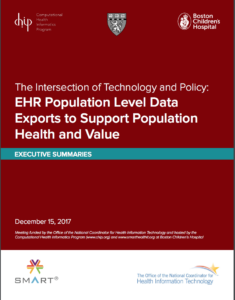
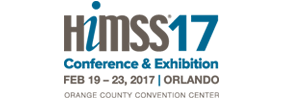
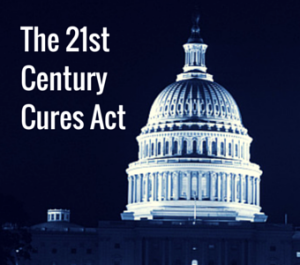
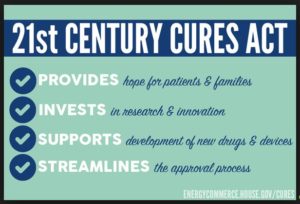

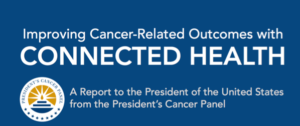
You must be logged in to post a comment.